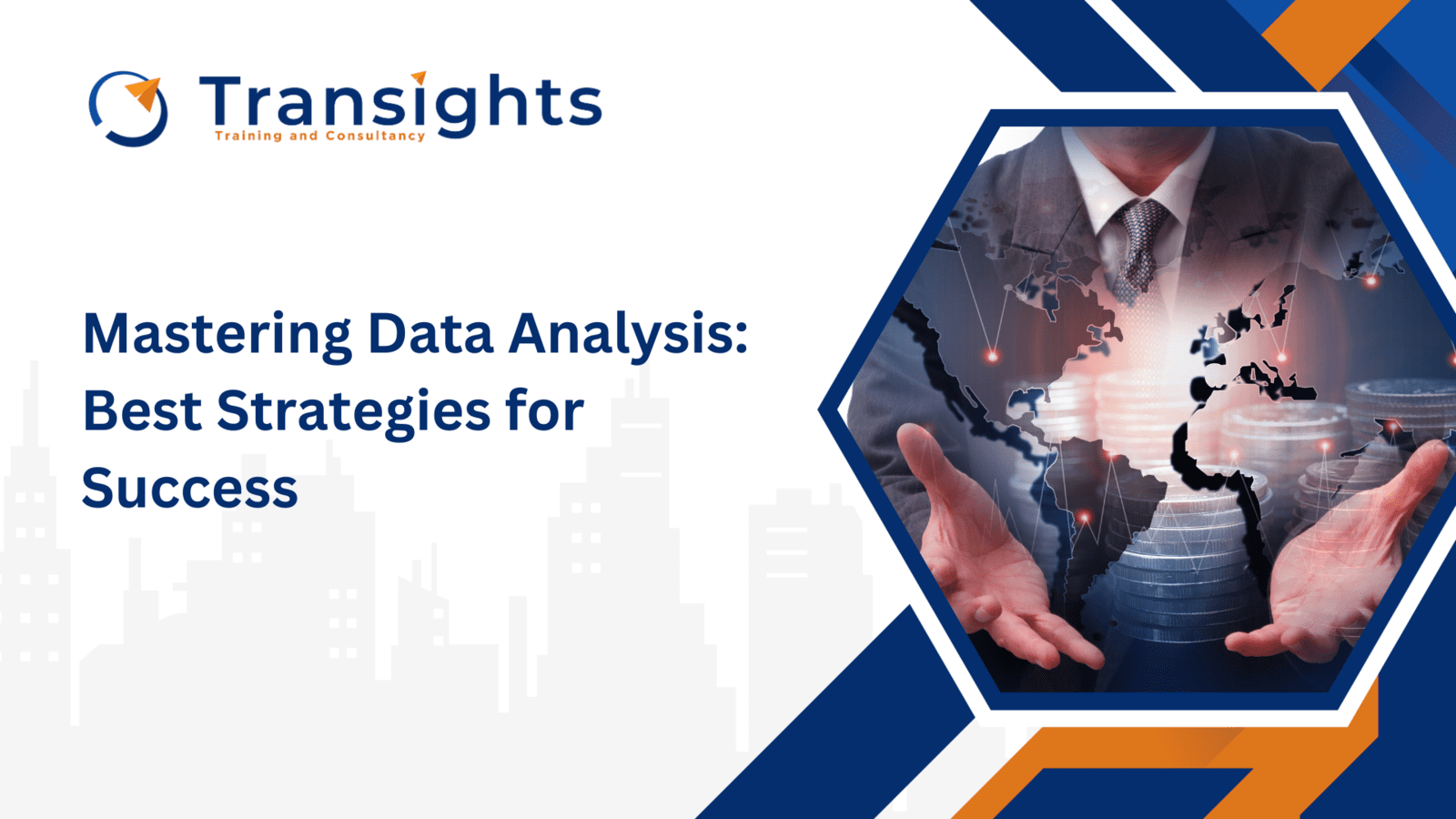
In an era dominated by information, businesses and professionals are increasingly turning to data analysis to gain valuable insights and make informed decisions. However, the effectiveness of data analysis is not solely dependent on the availability of data; it also hinges on employing the right strategies. In this article, we will explore some of the best strategies for mastering data analysis, ensuring that the process not only yields accurate results but also translates into actionable intelligence.
Define Clear Objectives:
Define Clear Objectives:
Before diving into data analysis, it's essential to define clear and specific objectives. What questions are you trying to answer, and what goals are you aiming to achieve? Having a well-defined scope ensures that your analysis remains focused, making it easier to extract meaningful insights from the data.
Choose the Right Data:
Choose the Right Data:
Quality trumps quantity in data analysis. Ensure that the data you're working with is accurate, relevant, and representative of the problem or question at hand. Cleaning and preprocessing data are crucial steps in the analysis process, as they help eliminate errors and ensure a solid foundation for accurate results.
Understand the Context:
Understand the Context:
Context is key in data analysis. Before interpreting results, it's crucial to understand the context in which the data was collected. Familiarize yourself with the industry, business processes, and any external factors that may influence the data. This contextual understanding allows for more accurate interpretation and informed decision-making.
Utilize Exploratory Data Analysis (EDA):
Utilize Exploratory Data Analysis (EDA):
Exploratory Data Analysis is a powerful technique that involves visually exploring and summarizing data to uncover patterns, trends, and relationships. EDA helps analysts gain a preliminary understanding of the data, identify outliers, and generate hypotheses for further investigation. Visualization tools such as charts and graphs are invaluable during this phase.
Embrace Statistical Methods:
Embrace Statistical Methods:
Statistical methods provide a solid framework for drawing meaningful conclusions from data. Whether it's hypothesis testing, regression analysis, or clustering, applying appropriate statistical techniques enhances the rigor and reliability of your analysis. However, it's essential to choose methods that align with the nature of your data and the goals of your analysis.
Employ Machine Learning When Appropriate:
Employ Machine Learning When Appropriate:
Machine learning algorithms can be incredibly powerful for predictive modeling and pattern recognition. When dealing with large datasets or complex problems, consider leveraging machine learning techniques to uncover insights that may not be apparent through traditional methods. However, it's important to choose the right algorithm for the task and to interpret results with caution.
Validate and Iterate:
Validate and Iterate:
Machine learning algorithms can be incredibly powerful for predictive modeling and pattern recognition. When dealing with large datasets or complex problems, consider leveraging machine learning techniques to uncover insights that may not be apparent through traditional methods. However, it's important to choose the right algorithm for the task and to interpret results with caution.
Communicate Effectively:
Communicate Effectively:
Machine learning algorithms can be incredibly powerful for predictive modeling and pattern recognition. When dealing with large datasets or complex problems, consider leveraging machine learning techniques to uncover insights that may not be apparent through traditional methods. However, it's important to choose the right algorithm for the task and to interpret results with caution.
Conclusion:
Conclusion:
Mastering data analysis requires a combination of technical proficiency, strategic thinking, and effective communication. By defining clear objectives, choosing the right data, and employing a combination of statistical and machine learning techniques, analysts can unlock the full potential of data. These best strategies not only enhance the accuracy of analyses but also empower organizations and professionals to make data-driven decisions that drive success in today's data-driven landscape.

